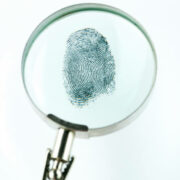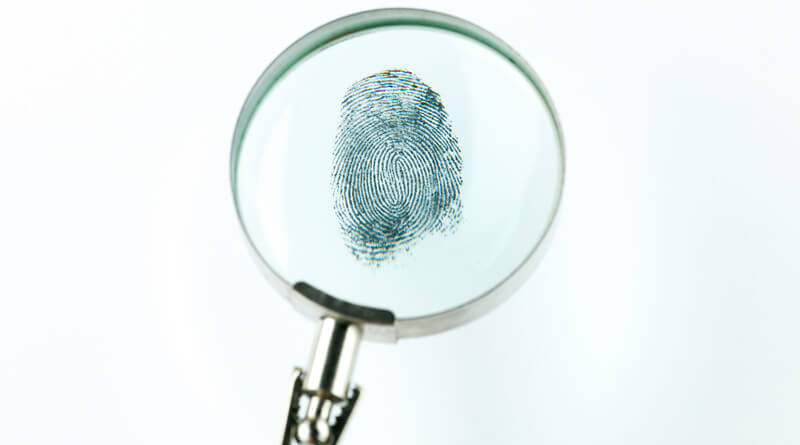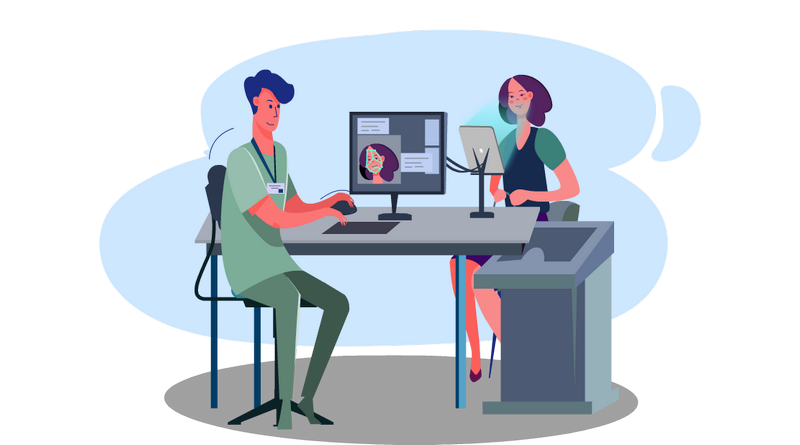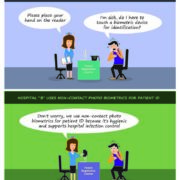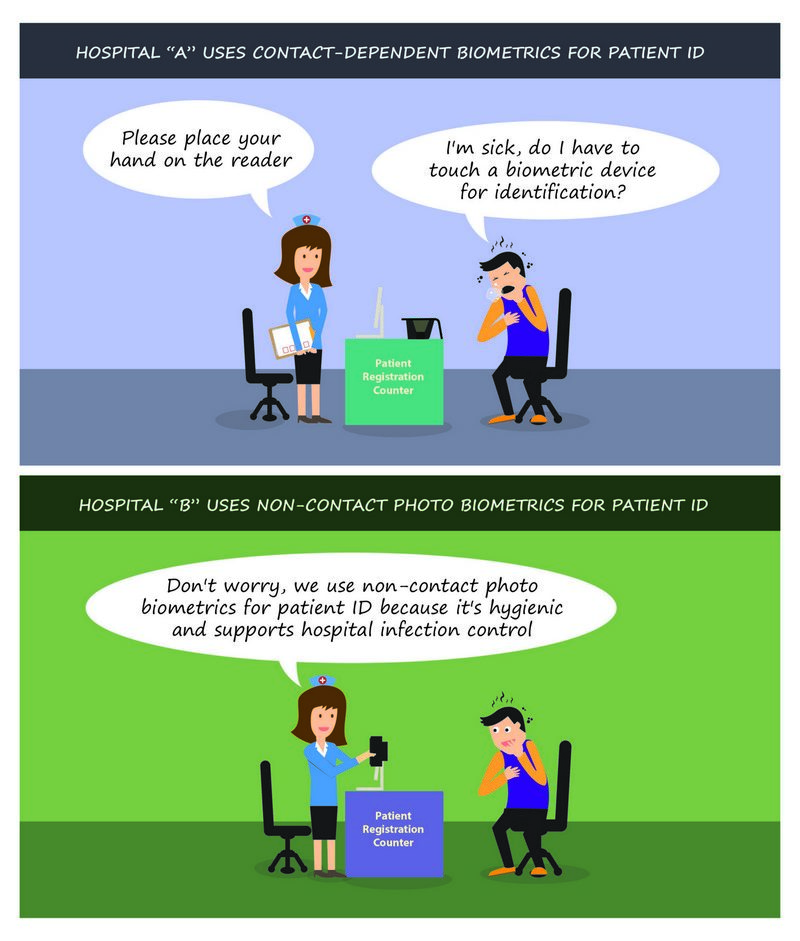4 Practices Regarding Telemedicine That Enhance Patient Protection
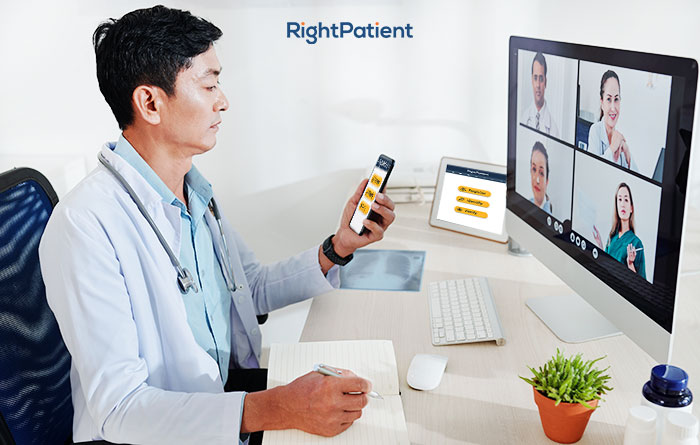
COVID-19 is a phenomenon that will impact us for years to come, if not decades. It has shaken the entire world to its core and has changed everything we know. COVID-19 affected our daily lives, changed the way we interact with others, and made masks as well as sanitizers crucial necessities. Since many of the COVID-19 patients required urgent care, the US healthcare system had to come up with other ways for hospitals to serve non-COVID-19 patients without exposing them to the virus. Fortunately, tailor-made solutions already existed – telehealth and telemedicine being the biggest players. As a result, hospitals have been diverting a significant portion of their non-critical patients to virtual sessions – changing healthcare and the patient experience forever. That being said, let’s explore what the patients think about telehealth, what experts are saying about it, and how to ensure patient protection while improving quality and safety in healthcare facilities.

How telemedicine came into play
Since the novel coronavirus hit the US, it has been overwhelming healthcare providers, their frontline teams, and virtually everyone who is involved in the caregiving process. Due to capacity restrictions and patient safety concerns, caregivers had to redirect at least one-third of their less critical patients to telemedicine. Naturally, its usage shot up significantly in the beginning, and while it has been declining for some time, it is expected to increase as COVID-19 cases are once again rising. The bottom line is that telemedicine and telehealth are here to stay, although some issues need to be addressed.
Let’s take a look at what over a million end users, i.e. patients, think of telemedicine, according to a recent survey by Press Ganey.
Patients’ perceptions regarding telemedicine
The first thing to highlight is that while most patients do appreciate the convenience telemedicine offers, it has a lot of wrinkles to iron out to make it seamless and more effective.
The good things
While many patients were being exposed to virtual visits for the first time, they did find it satisfactory. Many even said that they were likely to give good ratings to their caregivers after virtual visits, just as much as they would during inpatient ones. Telemedicine could successfully lead to a bond between the patient and the physician, and many patients felt that their physicians were more attentive during these virtual sessions. A patient even noted that during inpatient visits doctors would be looking at their computer screens anyway, which felt like they were distracted. During the virtual visits, however, the doctor had direct eye contact with her.
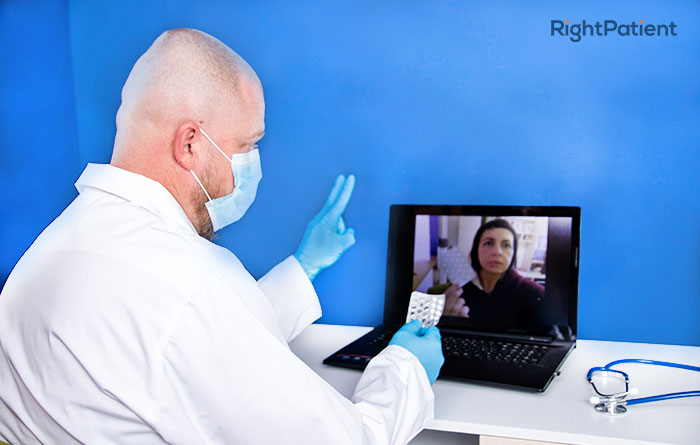
What needs improvement
While telemedicine itself is good, the process and ease of getting to virtual visits are not – these need significant improvements, especially with scheduling sessions and making audio or video connections.
However, there are a few more issues that require attention which, according to experts, might hamper patient protection – let’s dive in.
Experts are worried about patient protection
Healthcare data breaches have been increasing significantly, and are occurring even now. Moreover, the risk of a breach is higher during virtual sessions, ultimately endangering patient data. Healthcare providers need to strengthen their security measures and ensure patient protection during virtual visits. With restrictions eased regarding communication tools like Zoom, Skype, and similar utilities, as well as hackers turning their attention to virtual sessions, patient data security is at more risk than ever.
Practices that improve patient protection during virtual visits
Provide training and ensure awareness
There is nothing more effective than raising awareness among your employees, and the best way to do this is by providing them with training. Clearly explain to them the consequences of data breaches, and also provide them with sessions where they can learn about the do’s and don’ts regarding emails, opening links, accessing patient data, etc.
Follow practices that safeguard patient information
Encrypting data might be the oldest trick in the book, but it can make it difficult for hackers to use the information.
A few practices must be followed to ensure patient protection during both virtual and inpatient visits:
- Ensure that patient data is encrypted during rest and transmission.
- Use reputed antivirus and firewall applications.
- Use only verified and licensed software and keep them updated.
- Restrict access to any unauthorized parties.
Use enterprise-level video conferencing platforms
While hospitals initially got the chance to use tools such as Zoom, Skype, Meet, etc., these have added cybersecurity risks. Telemedicine has grown significantly now, with many enterprise-grade platforms available that have enhanced security out of the box. While deploying them might be costly, they can be critical for ensuring patient protection during virtual sessions, eliminating the chance of hackers gaining access during these sessions.
Use solutions to mitigate risks and ensure patient protection
While there are many practices and strategies available that might strengthen cybersecurity efforts, hackers always come up with plans that ultimately could result in data breaches. Moreover, not all caregivers can upgrade their security measures due to several factors, especially budgetary constraints. As a result, having a response plan to mitigate the risks and consequences is crucial. Also, while it might seem like data breaches are unstoppable, medical identity theft is not – it can be prevented with RightPatient.
RightPatient is a touchless biometric patient identification platform that uses patients’ faces to identify their records. Moreover, it is versatile enough to be used at any touchpoint across the facility – making it perfect for virtual visits.
After scheduling appointments, patients need to provide a personal photo and a photo of their driver’s license; RightPatient automatically extracts the data and compares the photos for a positive match, verifying identities remotely. New patients are provided with unique biometric credentials. If a fraudster attempts to assume the identity of the patient, the platform will red-flag them, preventing medical identity theft in real-time.
During inpatient visits, enrolled patients only need to look at the camera – the platform runs a search to identify the patient and provides the correct medical record within seconds.
By doing so, RightPatient can prevent medical identity theft even after data breaches, protecting patient information, eliminating litigation costs, and mitigating the consequences.

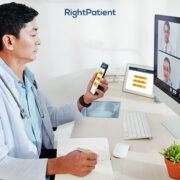






 Jeremy has worked in the biometrics industry for nearly a decade and has real world experience with fingerprint, palm vein, finger vein, iris and face recognition technologies. He currently oversees the RightPatient™ Healthcare division of M2SYS Technology, including sales, business development and project management. Before taking over the Healthcare unit, Jeremy spearheaded the growth of the core biometrics division, working closely with Fortune 500 clients like ADP, JP Morgan & BAE Systems to implement biometrics in large identity management projects.
Jeremy has worked in the biometrics industry for nearly a decade and has real world experience with fingerprint, palm vein, finger vein, iris and face recognition technologies. He currently oversees the RightPatient™ Healthcare division of M2SYS Technology, including sales, business development and project management. Before taking over the Healthcare unit, Jeremy spearheaded the growth of the core biometrics division, working closely with Fortune 500 clients like ADP, JP Morgan & BAE Systems to implement biometrics in large identity management projects.

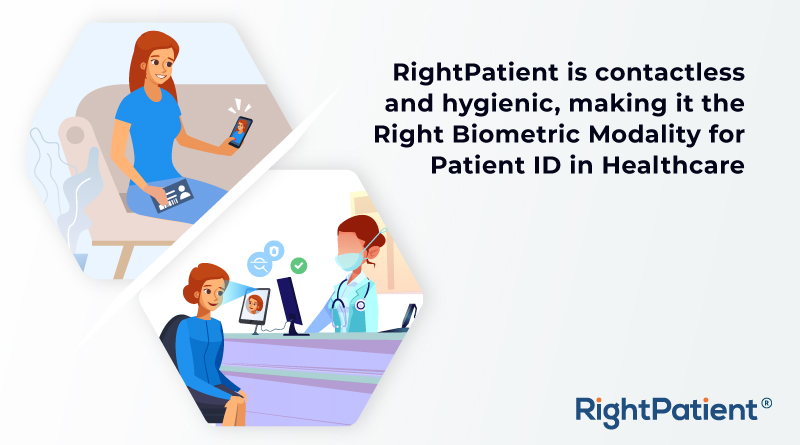
 Michael Trader is President and Co-Founder of RightPatient®. Michael is responsible for overseeing business development and marketing activities, government outreach, and for providing senior leadership on business and policy issues.
Michael Trader is President and Co-Founder of RightPatient®. Michael is responsible for overseeing business development and marketing activities, government outreach, and for providing senior leadership on business and policy issues.